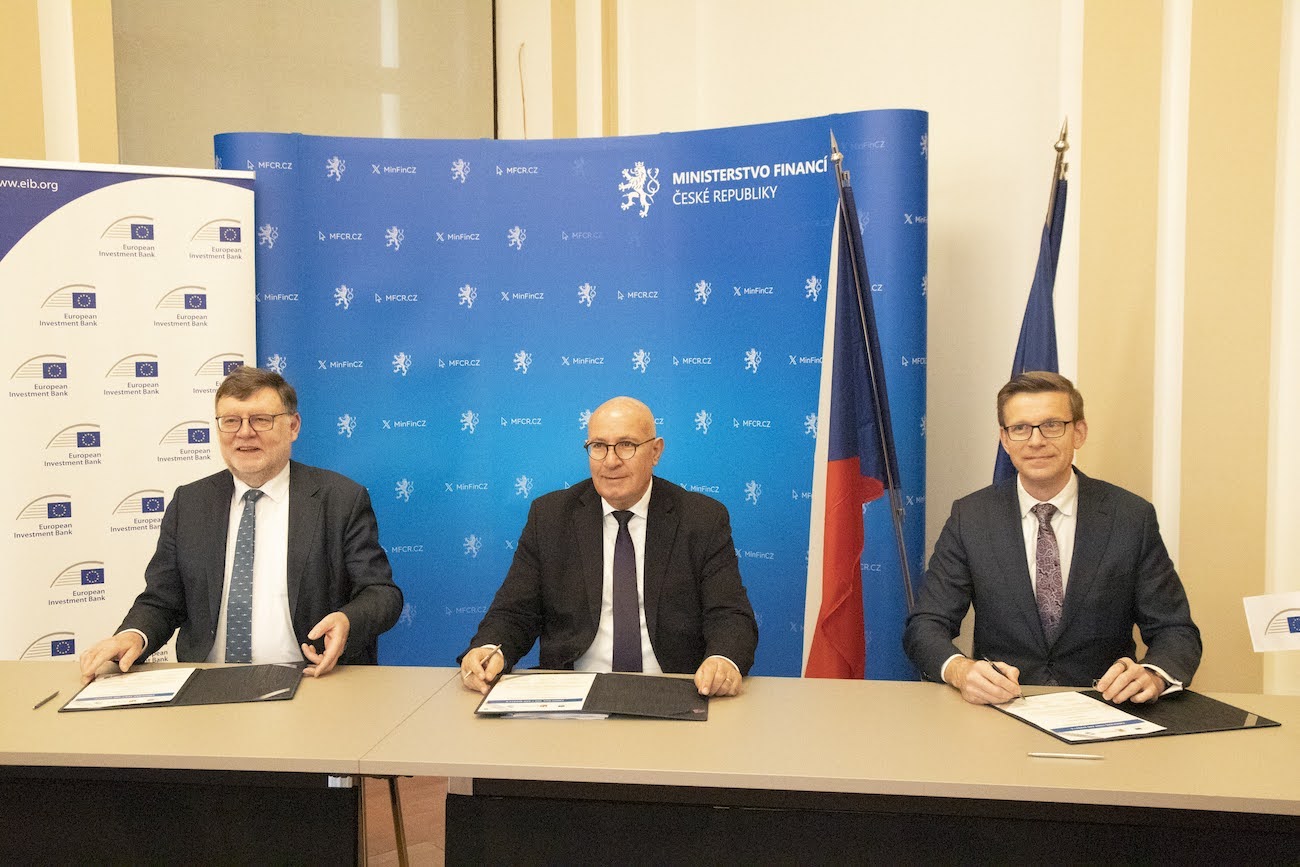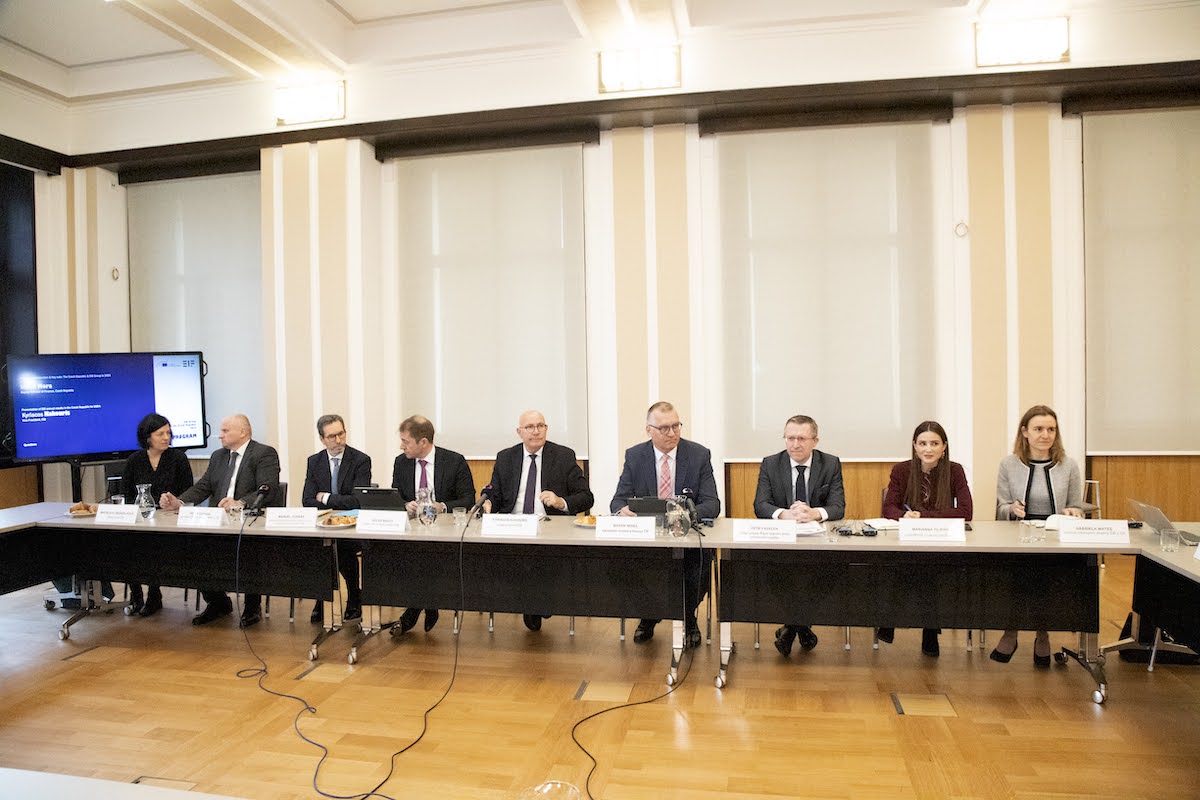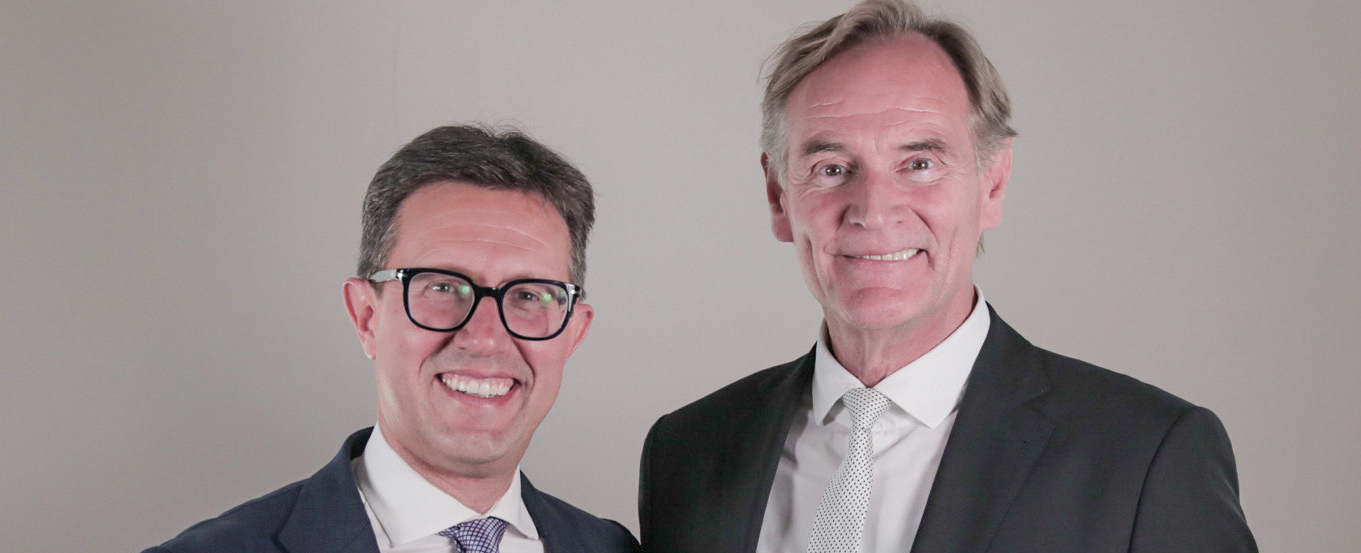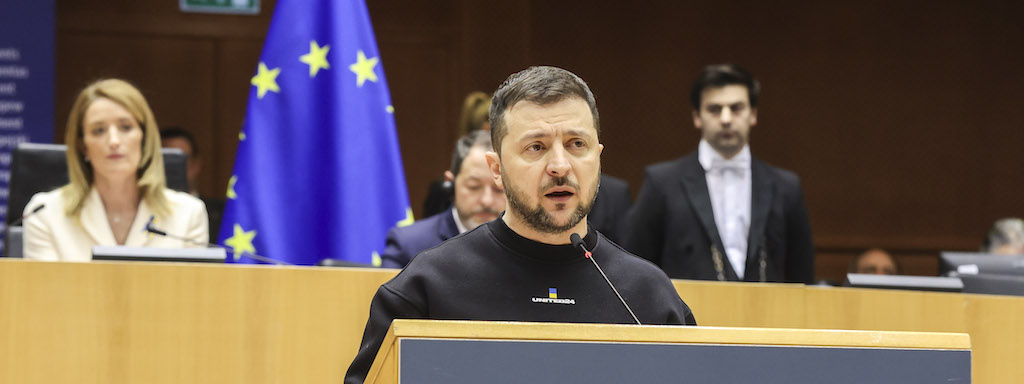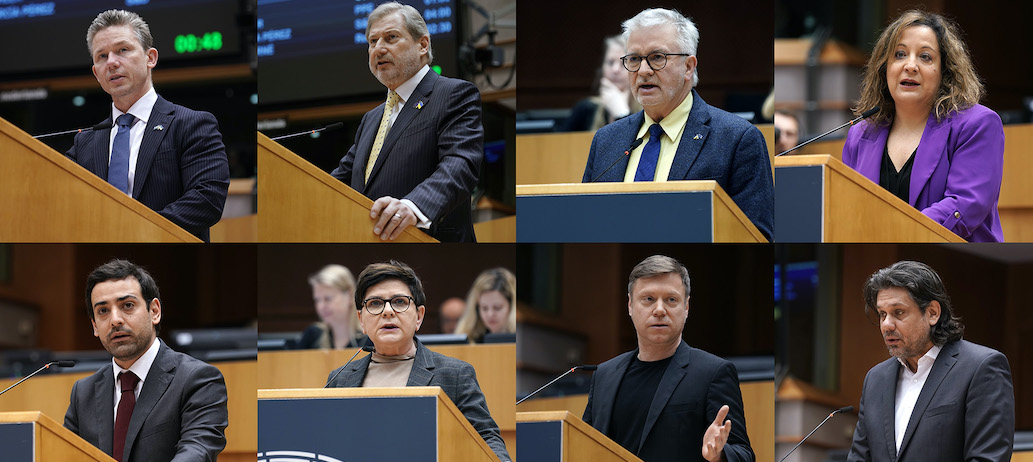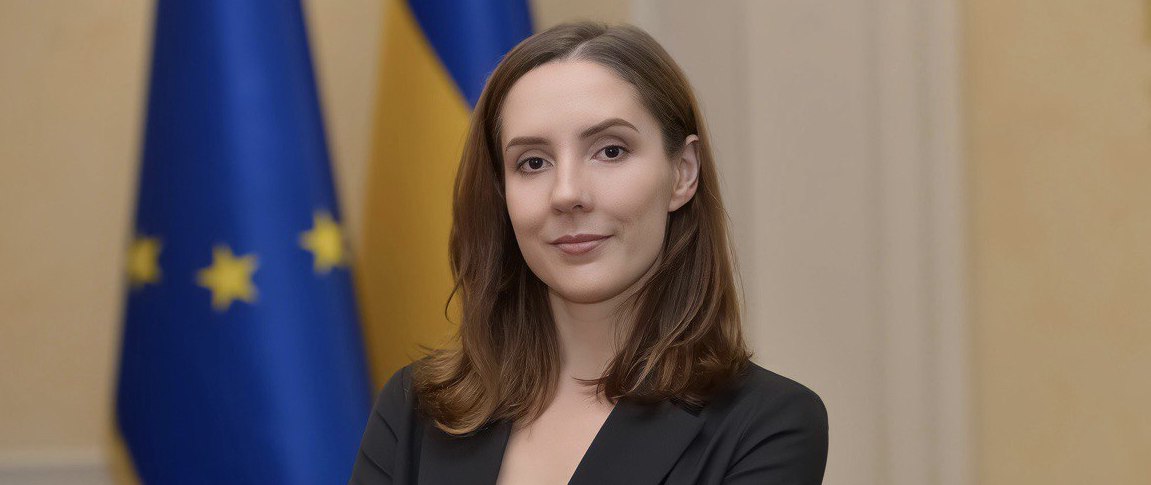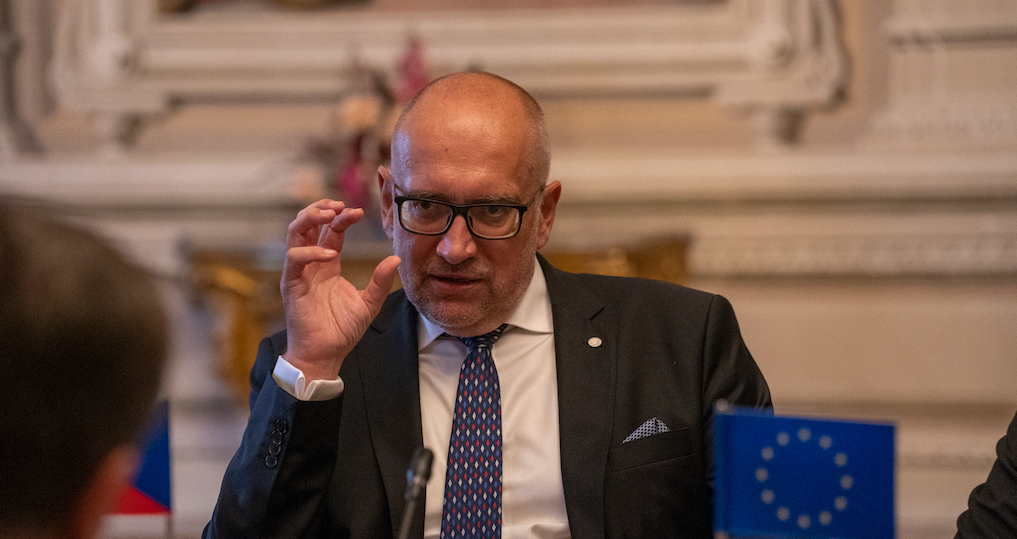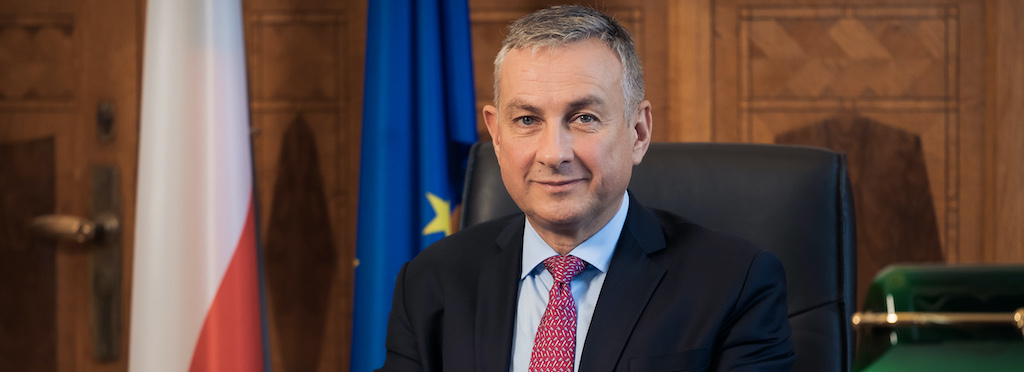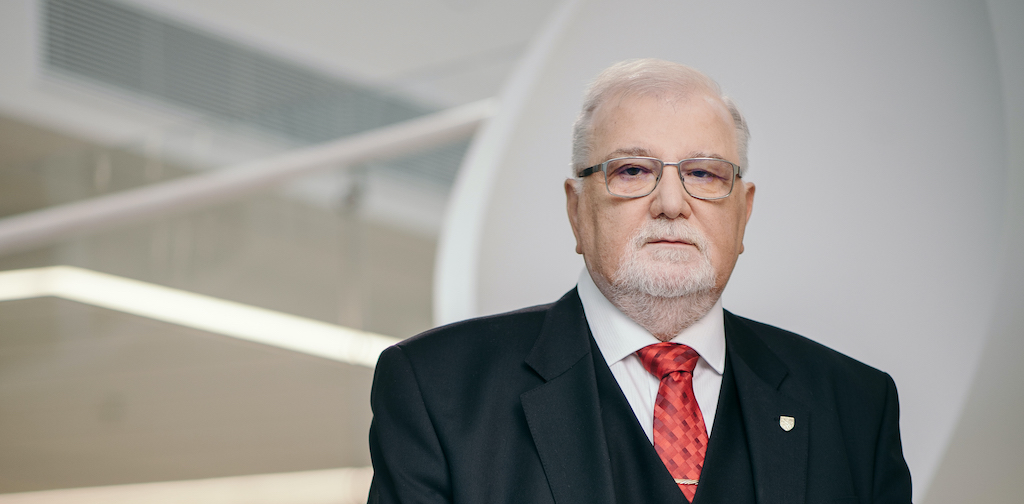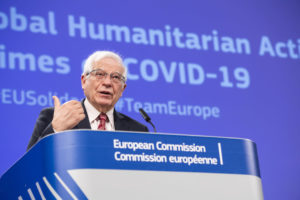
High Representative/Vice President, Josep Borrell Fontelles,
said: “Today, the average humanitarian crisis lasts more than 9 years, some even longer. Many risk being ‘forgotten’ such as Yemen or Syria. But the EU does not forget. Humanitarian aid is one of the most tangible examples of the EU’s external action and proof of our solidarity. Respect for International Humanitarian Law must be at the heart of our foreign policy more than ever to support principled humanitarian action and to protect civilians as well as the humanitarian workers who risk their lives to protect them around the world.”
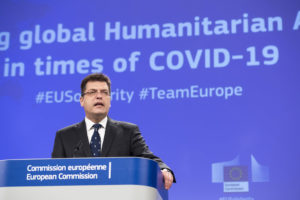
Commissioner for Crisis Management, Janez Lenarčič,
said: “In a world where the footprint of crises is expanding rapidly and the principles of humanitarian aid are being challenged as rarely before, the EU’s global responsibility as a humanitarian actor has never been more important. This comes regrettably as needs rise to an all-time high but the global donor base remains disturbingly narrow. We need to deliver better, by boosting the efficiency and impact of our humanitarian action. We need to be able to react with full force as soon as crises emerge. This renewed strategic outlook spells out how the EU can step up to help those most in need and show leadership at a time when the delivery of principled aid is acutely needed.”
Why is the Commission adopting a new Communication on the EU’s humanitarian action?
Humanitarian aid is facing an unprecedented set of challenges, exacerbated by the COVID-19 pandemic. Humanitarian needs are at an all-time high and the gap between global resources and requirements is increasing. According to the UN, almost 235 million people will require some form of assistance in 2021, an increase of 40% from 2020 and a near tripling since 2014. Meanwhile, basic principles are being tested as rarely before, with attacks against civilians, hospitals and schools steadily increasing every year. These violations of International Humanitarian Law are making the delivery of aid more difficult whilst also limiting the ability of EU partners to assist affected people. In light of these trends, the Commission believes it is necessary to set out a new strategic outlook for how the EU can address these challenges, in line with its role as the world’s leading humanitarian donor, along with the EU’s Member States.
What are the key objectives of the Communication?
The Communication sets out several key objectives to address growing humanitarian needs and support a better enabling environment for the delivery of principled humanitarian aid, namely:
• To continue to provide assistance according to the tried and tested principles of humanitarian aid
• To ensure that EU humanitarian aid can be delivered swiftly and efficiently to those in need, by leveraging innovation and capacities.
• To promote flexible and efficient humanitarian action and funding mechanisms, by utilising cash-based safety nets, by extending the use of digital tools and by expanding the resources allocated to local responders.
• To tackle the root causes of crises by better linking humanitarian, development and peace policies, notably as it concerns the global gaps on education, health, food security, disaster preparedness and climate resilience.
• To mobilise for expanding the resource base for humanitarian action, by strengthening EU engagement and alliances with traditional and emerging donor countries.
• To enhance the EU’s engagement and leadership to maximise impact on humanitarian aid.
• To reinforce the promotion and respect of International Humanitarian Law at the heart of EU’s external action, including through strengthened due diligence across EU external instruments.
The Communication sets out a number of proposed key actions to address these objectives and accomplish the goals set.
The Communication notes that the EU is a leading humanitarian donor. Who are the other leading donors?
The European Union together with its Member States is the world’s leading humanitarian donor, accounting for some 36% of global humanitarian assistance.
In 2020, the top donors globally were: Global Donors Amount (€) %
United States of America: 8,900,010,175 / 35.5%
Germany: 3,633,531,303 / 14.5%
European Commission: 3,000,474,475 / 12.0%
United Kingdom: 1,646,573,000 / 6.6%
Japan: 1,275,922,645 / 5.1%
Sweden: 735,301,738 / 2.9%
Norway: 685,083,770 / 2.7%
Saudi Arabia: 649,419,915 / 2.6%
Canada: 637,403,381 / 2.5%
Netherlands: 447,963,657 / 1.8%
Within the EU, the followings were among the top five largest contributors in 2020:
EU Member State Donors Amount (€) %
Germany: 3,633,531,303 / 40%
Sweden: 735,301,738 / 8%
Netherlands: 447,963,657 / 5%
Denmark: 312,589,963 / 3%
France: 207,728,245 / 2%
While a number of countries have stepped up their humanitarian funding in recent years, including certain EU Member States, there is substantial scope to expand the list of donors and enhance the contributions of existing donors to respond to the shared global effort that is urgently needed
How does the EU plan to increase the resource base?
The EU will step up its engagement with both traditional donors and with emerging donors. It will mainstream engagement on the need to step up humanitarian funding into its political dialogues with relevant third countries, and will work with EU Member States towards stepped-up humanitarian support commensurate with the huge increase in needs.
The EU will also pursue the opportunities offered by engagement with the private sector on humanitarian financing, building on the work done during its ongoing co-chairmanship of the Good Humanitarian Donorship initiative (2018-2021). The Commission will specifically in 2021 start piloting a number of projects with humanitarian partners involving the blending of public and private funding.
How does the EU intend to tackle the root causes of humanitarian crises?
Humanitarian aid on its own does not – and cannot – tackle the complex underlying drivers of conflicts and other crises. A holistic approach is needed, addressing governance challenges, respecting the fundamental rights of populations, taking into consideration inequalities, providing access to basic services, justice, economic opportunities and to security, as well as tackling climate and environmental challenges. For this, the EU will step up its work to link humanitarian relief with development and peacebuilding to provide long-term solutions to humanitarian emergencies. The EU is already applying this so-called “nexus” approach in six pilot countries: Chad, Iraq, Myanmar, Nigeria, Sudan, and Uganda, as well as in a number of other countries with protracted crises.
How does Commission plan to utilise innovative digital approaches as part of its humanitarian actions?
Digital means are key for the secure delivery of cash transfers. They also play an important role in rolling out distance-learning for education in emergencies, and in enabling early warning systems for disasters, displacement monitoring and remote needs assessments.
The EU will further promote the development and uptake of innovative solutions as part of its future humanitarian actions. More specifically, the EU will develop specific guidance on digital cash and ensure aid recipients’ access to digital solutions, as part of the revised thematic policy on cash transfers. Moreover, the Commission will support, scale up and promote investments in proven, cost-effective, technology-based solutions for humanitarian aid.
What is the European Humanitarian Response Capacity?
Building on the successful Humanitarian Air Bridge in 2020 and more recently the first vaccine deliveries from EU Member States to third countries, a European Humanitarian Response Capacity will be developed to support Member States and humanitarian partners in the rapid delivery of assistance. Where necessary, this new capacity will fill-in temporary gaps when other humanitarian organisations or national authorities are unable to provide timely support to those in need. The capacity will facilitate transportation and logistical arrangements, supporting the deployment of resources in the field, such as COVID-19 vaccines. The Humanitarian Response Capacity will be financed via the EU’s humanitarian budget.
How does this Communication support the EU’s position on International Humanitarian Law?
International Humanitarian Law (IHL) limits the effects of armed conflict, protects civilians, and is also a precondition for effective humanitarian aid. To strengthen compliance with IHL, the Commission proposes to reinforce its compliance framework via EU’s external instruments, by for example establishing an EU-level coordination mechanism, to ensure a better monitoring of violations in the world, facilitate the coordination of relevant EU actors and support stronger EU humanitarian diplomacy in this respect. The EU will use its political and economic weight, as well as all its EU’s external instruments, to ensure respect for IHL: for instance through a strong due diligence policy and through all its political, security and human rights dialogues and trade agreements with partner countries. IHL will also continue to be fully reflected in EU sanctions policy, including through the consistent inclusion of humanitarian exceptions in its sanctions regimes.
How does this vision link with the EU’s COVID-19 response and the global vaccination strategies?
The European Commission has already put the EU’s COVID-19 response at the centre of its humanitarian priorities. In the spirit of ‘Team Europe’, the Commission will continue to address the impact of COVID-19 in third countries. In view of the rollout of vaccines to fragile regions, the EU also remains willing to provide support for the procurement, stockpiling, transporting and/or distributing COVID-19 relief items, including vaccines, via the strengthened Union Civil Protection Mechanism and where necessary, the new European Humanitarian Response Capacity. Over the past weeks, various vaccine deliveries showed the EU’s capacity to respond to urgent needs: from Romania to Moldova, from France to Czechia and Slovakia, and from the Netherlands to the Caribbean – all made possible because of the Union Civil Protection Mechanism.
How does the Communication connect with other EU policies?
The Communication complements and reinforces the European Union’s headline priority to ensure a stronger Europe in the world. It reflects the EU’s commitment to multilateralism and reinforces the Commission’s overall corporate priorities, including Next Generation EU. In line with the European Green Deal, the Communication outlines how the Commission will place a stronger focus on climate impacts and environmental factors in its humanitarian aid policy. It will do this by supporting humanitarian partners’ efforts to reduce their environmental footprint, whilst also continuing the process of ‘greening’ the Commission’s humanitarian field operations. At the same time, the EU will continue to advocate for directing significantly more climate funds towards enhancing resilience and adaptation where needed the most. In view of the EU Gender Action Plan, the Communication also outlines how EU humanitarian policy will contribute to the EU’s overall equality agenda, a top priority of the European Commission.
Who was involved in preparing the Communication?
The European Commission engaged in a targeted consultation with Member States and humanitarian partners. In parallel, the Commission also received feedback from members of civil society as part of a public consultation of one month in December 2020. These responses played an essential part in the preparation of the Communication.
How are the views of EU citizens represented in this Communication?
The EU’s humanitarian policy enjoys strong public support as one of the most visible facets of EU external action. In the run-up to the adoption of the Communication, the Commission conducted a new Eurobarometer survey to gauge public opinion on humanitarian aid throughout the 27 Member States. The findings show strong support for EU humanitarian action, with 91% of respondents expressing positive views about EU-funded humanitarian engagements. The new Communication builds upon this view by proposing a set of key actions that can strengthen EU humanitarian action.
What are the next steps?
The Commission is inviting the European Parliament and the Council to endorse the adopted Communication and to work together on the proposed key actions. As part of this process, the European Commissioner for Crisis Management, Janez Lenarčič will soon present and discuss the communication with the European Parliament, the Council and external stakeholders.
Background
The European Union, together with its Member States, is the world’s leading humanitarian donor, accounting for some 36% of global humanitarian assistance.
Today, humanitarian aid is facing an unprecedented set of challenges. According to the United Nations, over 235 million people will require humanitarian assistance this year – representing one in every 33 individuals worldwide. This is an increase of 40% from 2020 estimated-needs and a near tripling since 2014. In parallel, the number of forcibly displaced people has also increased, reaching 79.5 million by the end of 2019.
At the same time, the gap between resources and requirements continues to expand. In 2020, UN humanitarian appeals jumped to almost €32.5 billion – the highest figure ever owing also to the impact of COVID-19 – while only €15 billion was provided in funding. And this global humanitarian funding gap is likely to grow further this year, which clearly calls for a broader donor base. In 2020, the top three donors – the US, Germany and the European Commission – provided 59% of reported humanitarian funding globally. Within the EU, just four Member States and the European Commission account for about 90% of its humanitarian financing.
EU humanitarian action will continue to be led by adhering strictly to the universal humanitarian principles of humanity, neutrality, independence and impartiality. As the next step, the Commission invites the European Parliament and the Council to endorse the Communication and to work together on the proposed key actions.




